Menu
Physics Lesson 6.1.3 - Types of Equilibrium
Please provide a rating, it takes seconds and helps us to keep this resource free for all to use
Welcome to our Physics lesson on Types of Equilibrium, this is the third lesson of our suite of physics lessons covering the topic of Centre of Mass. Types of Equilibrium, you can find links to the other lessons within this tutorial and access additional physics learning resources below this lesson.
Types of Equilibrium
Not all objects are equally stable when they are at rest. Some objects are more stable and they hardly move from their position when a force acts on them. On the other hand, for some other objects it a very small force is enough to make it fall sideways. In this paragraph, all possible types of equilibrium and their features are given.
1. Stable equilibrium
In this kind of equilibrium, objects are very stable. If a small force acts on them, they shake around but finally they regain the initial position. Below, two examples of stable equilibrium are shown.
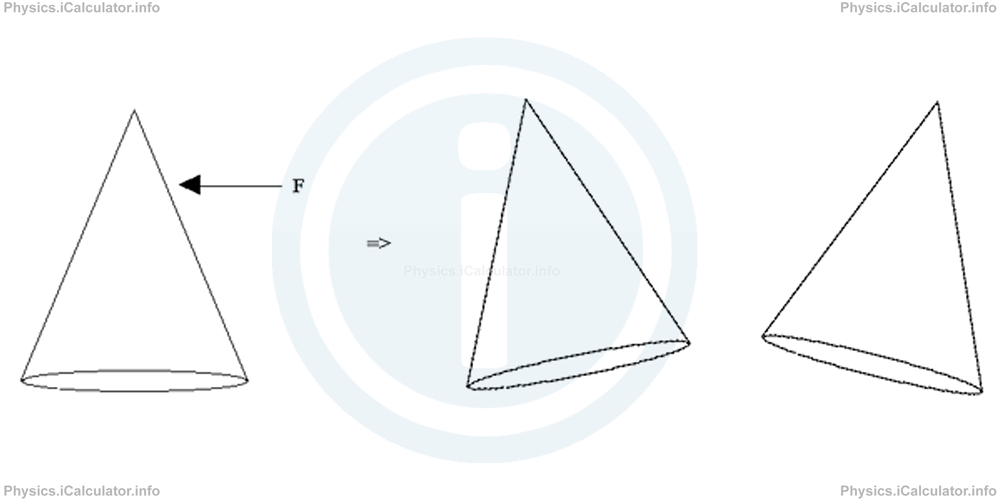
The cone will shake around for a while when a small force F acts laterally on it, but eventually it will stop at the original position. If we want to make it fall sideways, we must apply a large force.
Another example of stable equilibrium is a ball moving inside a half-spherical hollow as shown below.
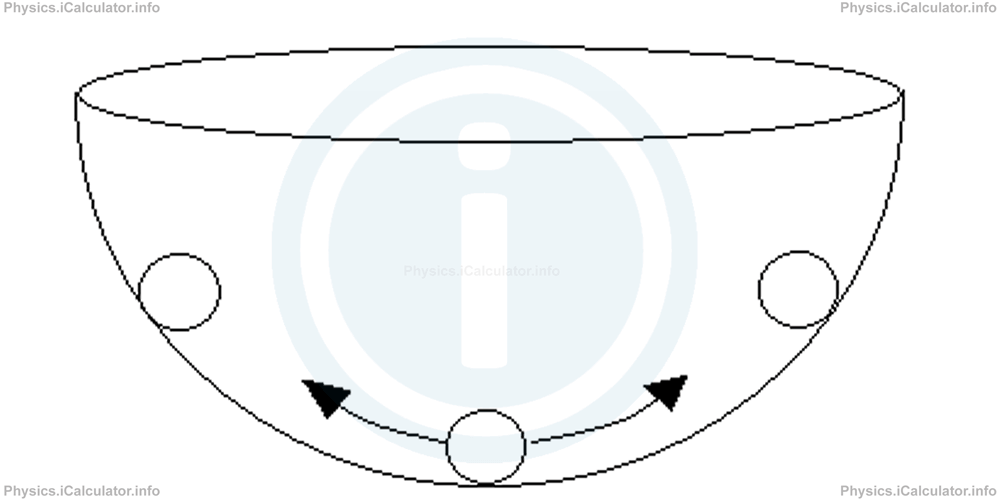
The common feature of these two examples is that they both have the centre of gravity in the lower half of the system. Indeed, the cone has the centre of gravity at 1/3 of its height as stated earlier. Also, it is obvious that the centre of gravity of the small sphere is much below than half the radius of the half-sphere. Look at the figure:
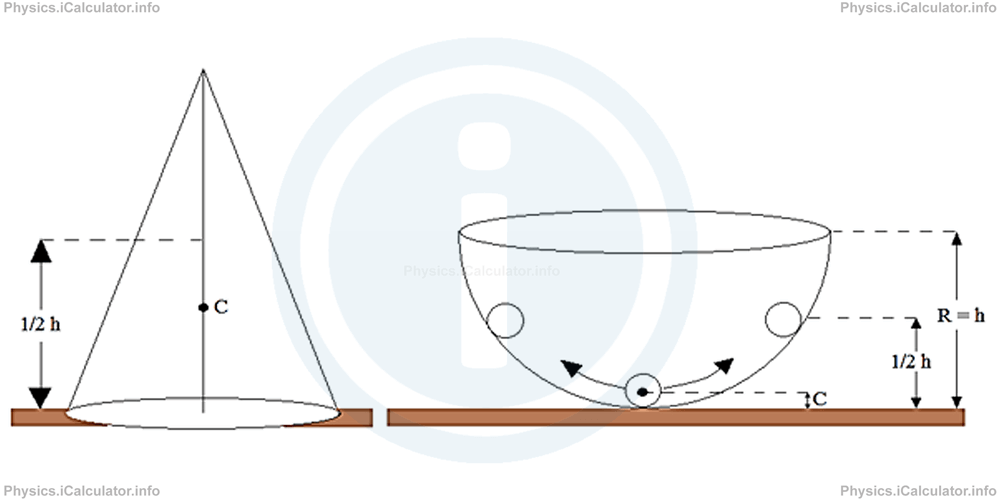
Hence, if we take the vertical axis (the y-axis) that starts from zero at ground level and goes upwards as reference, the condition to have stable equilibrium is
2. Unstable equilibrium
Unstable equilibrium is the opposite of stable equilibrium, i.e. a very small force is enough to make an object topple sideways. In other words, a much greater effort is needed to re-establish the equilibrium than to distort it. Look at the figure:
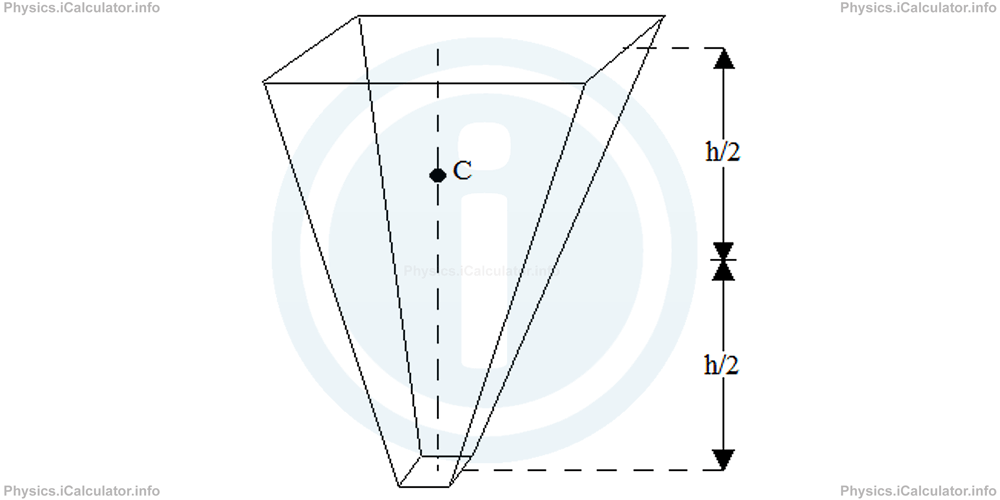
From the figure, it is clear that centre of mass is above half of the object's height. Therefore, the condition to have unstable equilibrium is
3. Neutral equilibrium
In this kind of equilibrium when using a force to distort the equilibrium of an object, it turns again at the original position when applying the same force but in opposite direction as before. Geometrically, centre of mass is at the same level as half the height of the object, i.e. centre of mass is at middle of the object. Look at the figure:
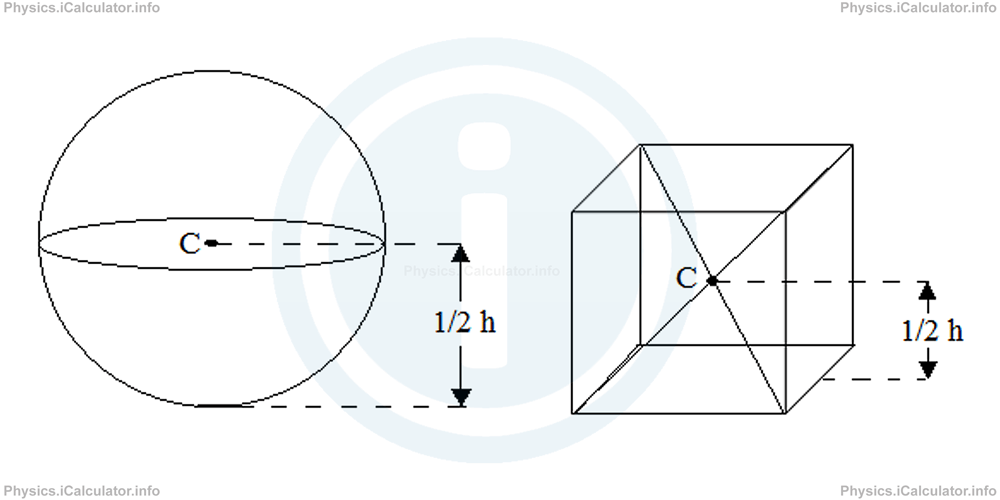
Sphere and cube are the two most outstanding examples of neutral equilibrium. In both of them,
Example 1
Find the type of equilibrium for the objects shown below.
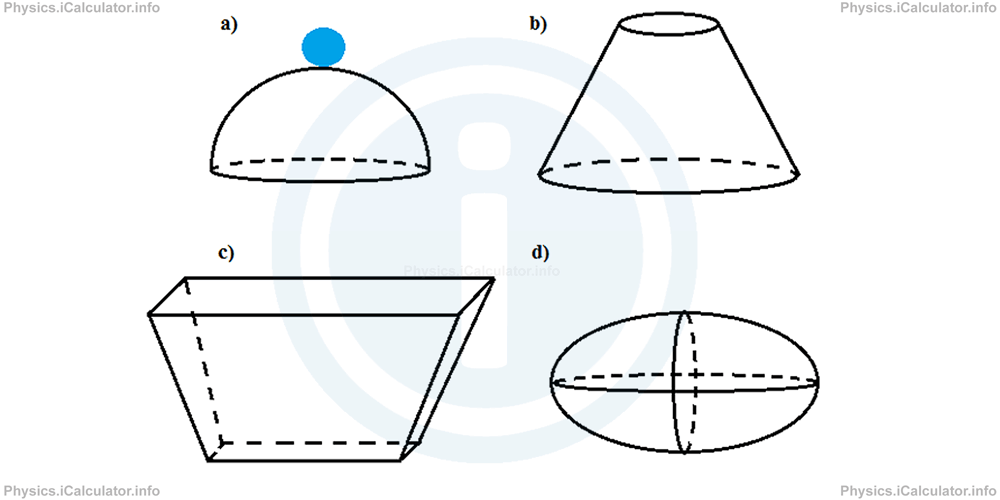
Solution 1
a.The ball is in unstable equilibrium as its centre of gravity is above the half-sphere, i.e. much higher than half radius as shown below.
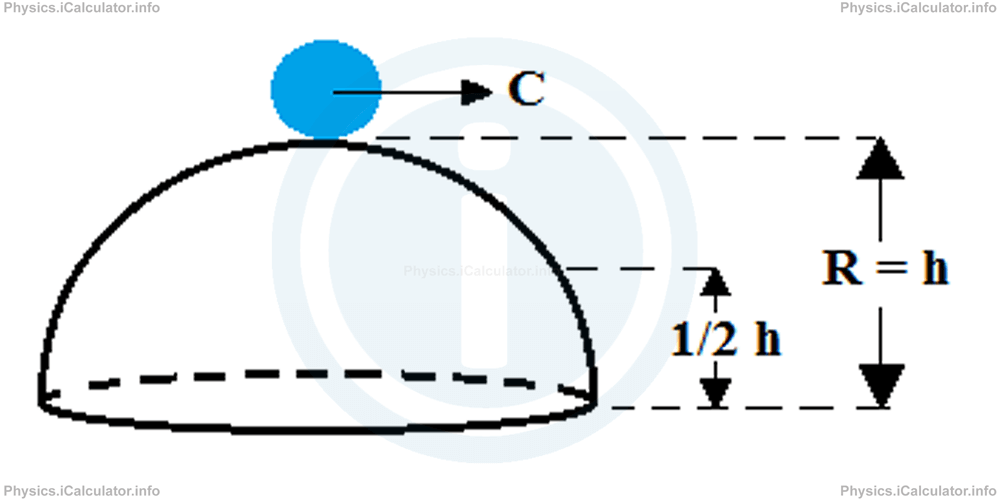
b.The object shown in the figure is in stable equilibrium as since it is wider in the lower part, its centre of mass is below half of height.
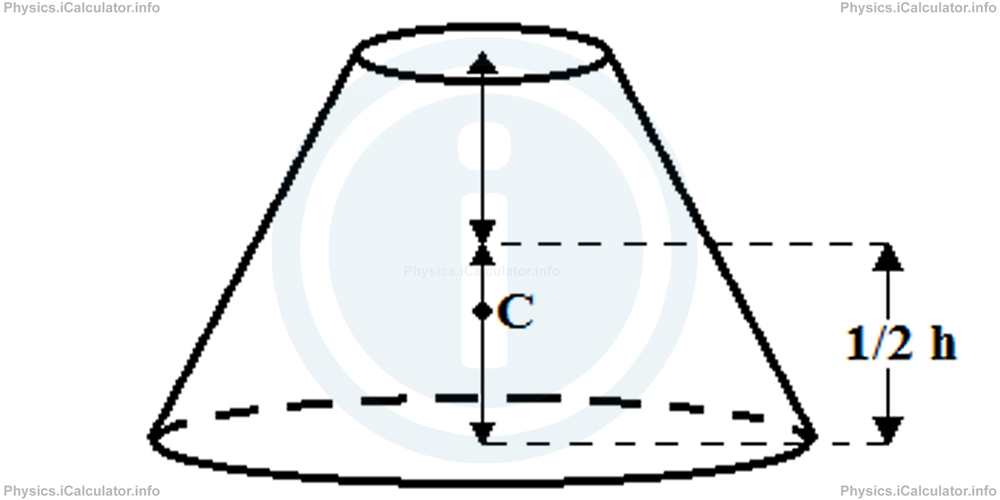
c.This object is in unstable equilibrium since it is wider in the upper part, so its centre of mass is above half of height.
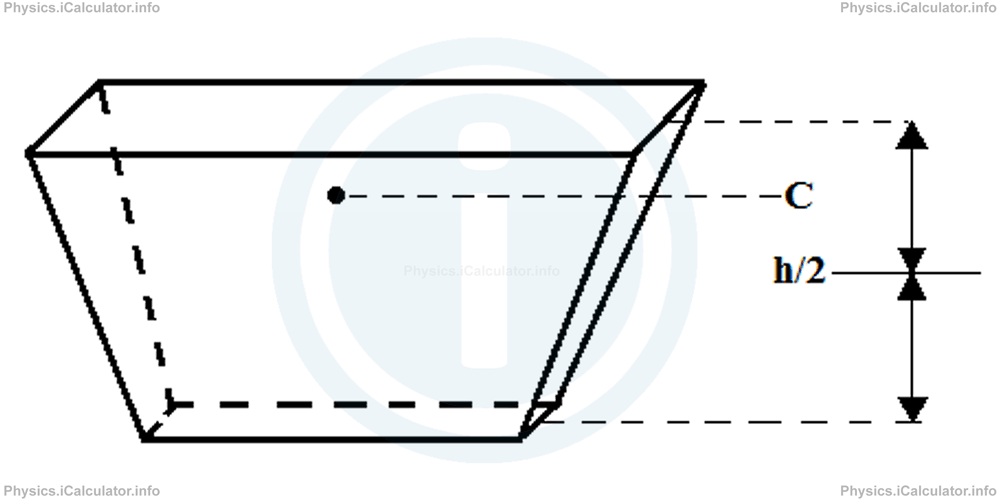
d.This object is in neutral equilibrium as its centre of mass is at the level of half-height.
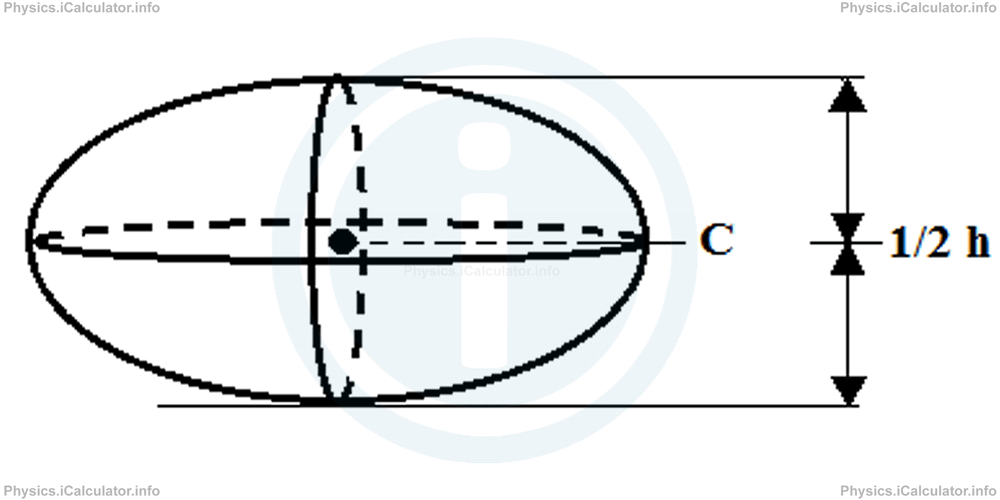
You have reached the end of Physics lesson 6.1.3 Types of Equilibrium. There are 6 lessons in this physics tutorial covering Centre of Mass. Types of Equilibrium, you can access all the lessons from this tutorial below.
More Centre of Mass. Types of Equilibrium Lessons and Learning Resources
Whats next?
Enjoy the "Types of Equilibrium" physics lesson? People who liked the "Centre of Mass. Types of Equilibrium lesson found the following resources useful:
- Types Feedback. Helps other - Leave a rating for this types (see below)
- Centre of Mass and Linear Momentum Physics tutorial: Centre of Mass. Types of Equilibrium. Read the Centre of Mass. Types of Equilibrium physics tutorial and build your physics knowledge of Centre of Mass and Linear Momentum
- Centre of Mass and Linear Momentum Revision Notes: Centre of Mass. Types of Equilibrium. Print the notes so you can revise the key points covered in the physics tutorial for Centre of Mass. Types of Equilibrium
- Centre of Mass and Linear Momentum Practice Questions: Centre of Mass. Types of Equilibrium. Test and improve your knowledge of Centre of Mass. Types of Equilibrium with example questins and answers
- Check your calculations for Centre of Mass and Linear Momentum questions with our excellent Centre of Mass and Linear Momentum calculators which contain full equations and calculations clearly displayed line by line. See the Centre of Mass and Linear Momentum Calculators by iCalculator™ below.
- Continuing learning centre of mass and linear momentum - read our next physics tutorial: Determining the Centre of Mass in Objects and Systems of Objects
Help others Learning Physics just like you
Please provide a rating, it takes seconds and helps us to keep this resource free for all to use
We hope you found this Physics lesson "Centre of Mass. Types of Equilibrium" useful. If you did it would be great if you could spare the time to rate this physics lesson (simply click on the number of stars that match your assessment of this physics learning aide) and/or share on social media, this helps us identify popular tutorials and calculators and expand our free learning resources to support our users around the world have free access to expand their knowledge of physics and other disciplines.